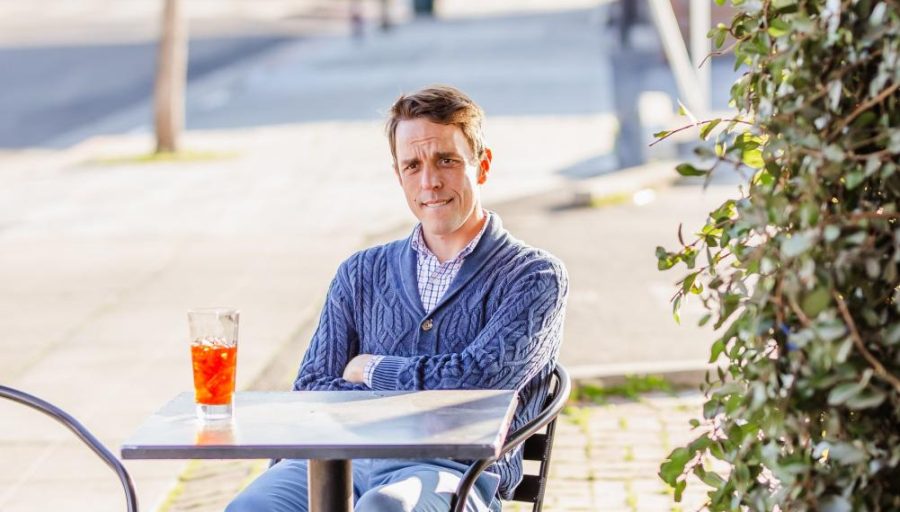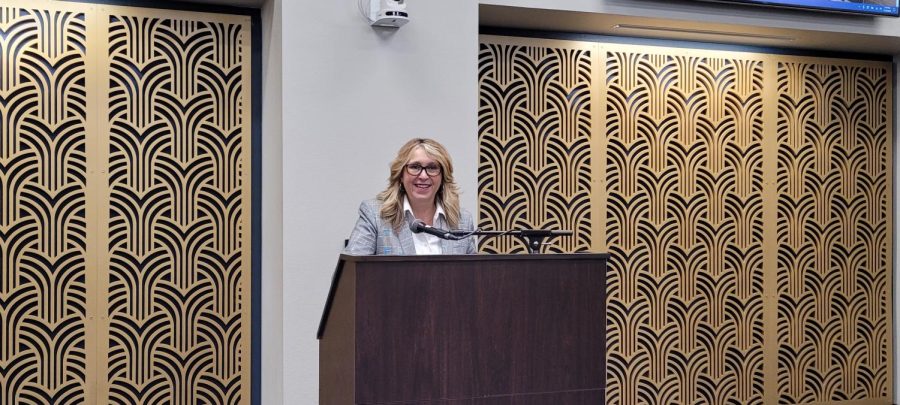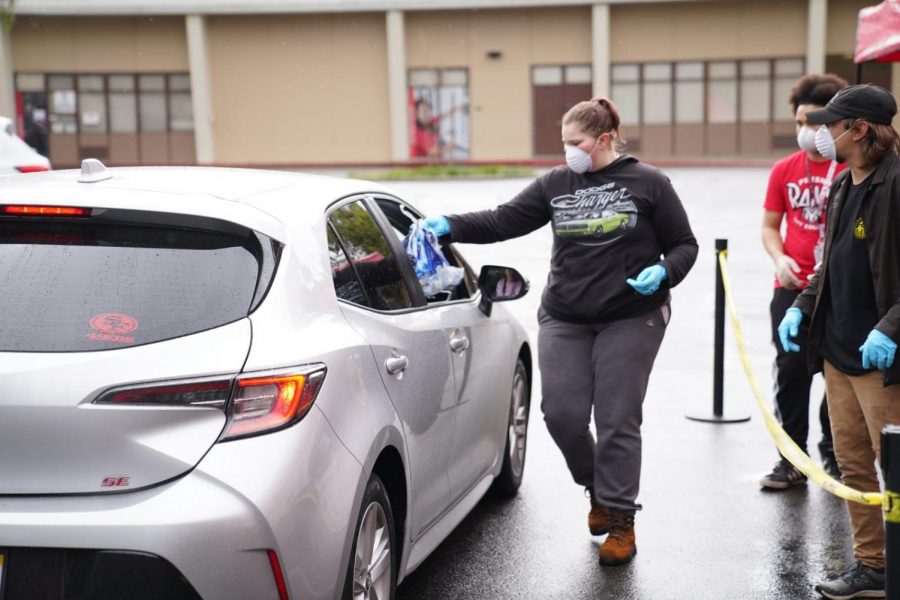The E Street encampment off of Santa Clara and E streets has been getting a lot of attention as one of the largest homeless camps in Fresno. Almost a block long and housing dozens of homeless and socially displaced, the encampment has been an area of contention for city officials and the community.
The dispute pits local residents and businesses against those with no place to call home.
“The neighboring residents and businesses have been very patient,” said Gregory Barfield, the city of Fresno’s Chief of Staff and former Homeless Prevention and Policy Manager. Barfield stated that he would like to see “all the encampments clear and people housed.” He, however, added that this is a daunting task, and the city will be “assessing who is in the area and doing what we can to link to the housing very soon.”
The camp borders a residential area close to the Poverello House and several recycling centers, which are focal points for many of Fresno’s homeless.
“It [the encampment] is better than living in the Oleanders, and it’s close to where those people need to go,” said Dave Martin, a 56-year-old homeless Fresno resident.
The Oleanders are large shrubs between Golden State Highway and the railroad tracks that are used by some as shelter. The city has recently begun to remove the Oleanders, forcing many homeless individuals to seek new shelter.
“I see a lot of people helping each other, helping each other from within,” said Kevin Brown, a homeless man who frequents the camp.
The city has attempted to implement programs to help the homeless, such as creating housing complexes, but has been met with some backlash. In 2008, hundreds of homeless won a $2.35 million class action lawsuit against the city of Fresno and the California Department of Transportation, after the city seized and destroyed their personal property.
“I don’t get it. Where do they want us to go?” said Santiago Ruiz, who camps off of the canal close to E Street. “They shuffle there, shuffle here, shuffle us along.”
Some homeless do not see the camp as positively as others.
“I don’t like that camp; they are dirty about it. But if they cleaned them up, I think the city wouldn’t mind them,” said John Cabrera, a homeless man who once lived in a camp like the one on E Street. “You still have to be a citizen. Don’t give anyone a reason to complain.”
Residents and the homeless alike share the opinion that people who lived in the encampments should at least make the area presentable and clean to minimize diseases and other dangers that come along.
“It brings drugs and hookers into the picture once you look like you don’t care,” Cabrera said.
When this happens, it is easier for city officials and the general public to view homeless encampments as nothing more than conduits for drugs and violence.
Another complicating factor is that many residents of these camps are recyclers or “scrappers” as they are called in the homeless community. They collect plastic bottle and aluminum cans and redeem them for more than a dollar per pound. Many recycling centers also take metals, electronic waste, and other miscellaneous items. This is how a large portion of the homeless in the area receive their income.
“Wickey Two Hands,” 60, has been recycling by choice since 1972 and has a positive outlook on it. “I get to keep some money,” he said. “It looks like it’s all bad but there are some benefits to it…you don’t have to depend on anyone. It’s a lot freedom that you don’t have. And you don’t have to deal with job competition; it’s all your own leisure.”
Copper theft is a concern for business owners and the City of Fresno. People steal copper materials then sell it to recycling companies, generally in the same places where the homeless recycle. This has resulted in a general opinion that homeless individuals are thieves.
“They [copper wire thieves] ruin it for everyone,” said Robert Miller, an avid recycler.
Many say the answer to sheltering the homeless is a convoluted one and that there is no certain solution from city officials, human rights activists, or the residents themselves.

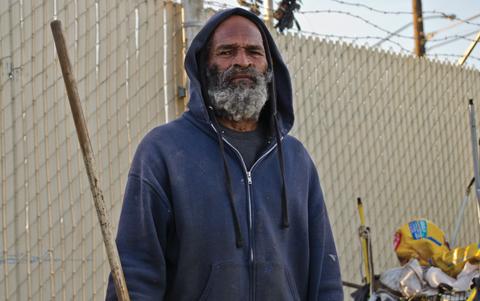
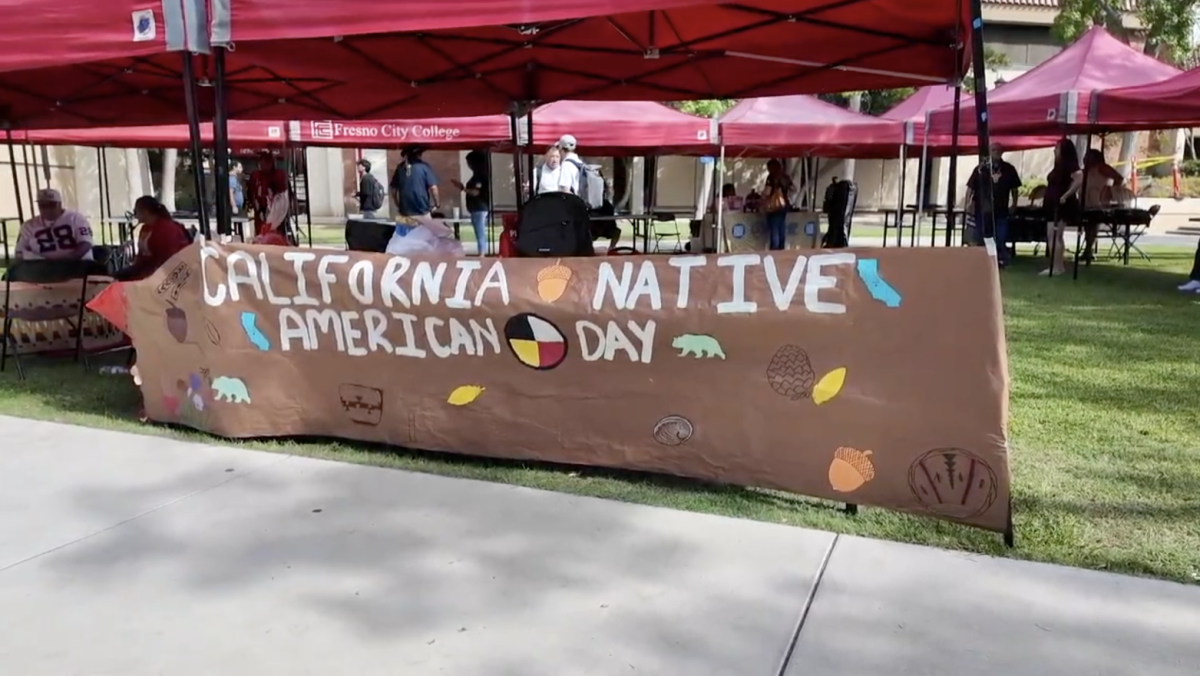
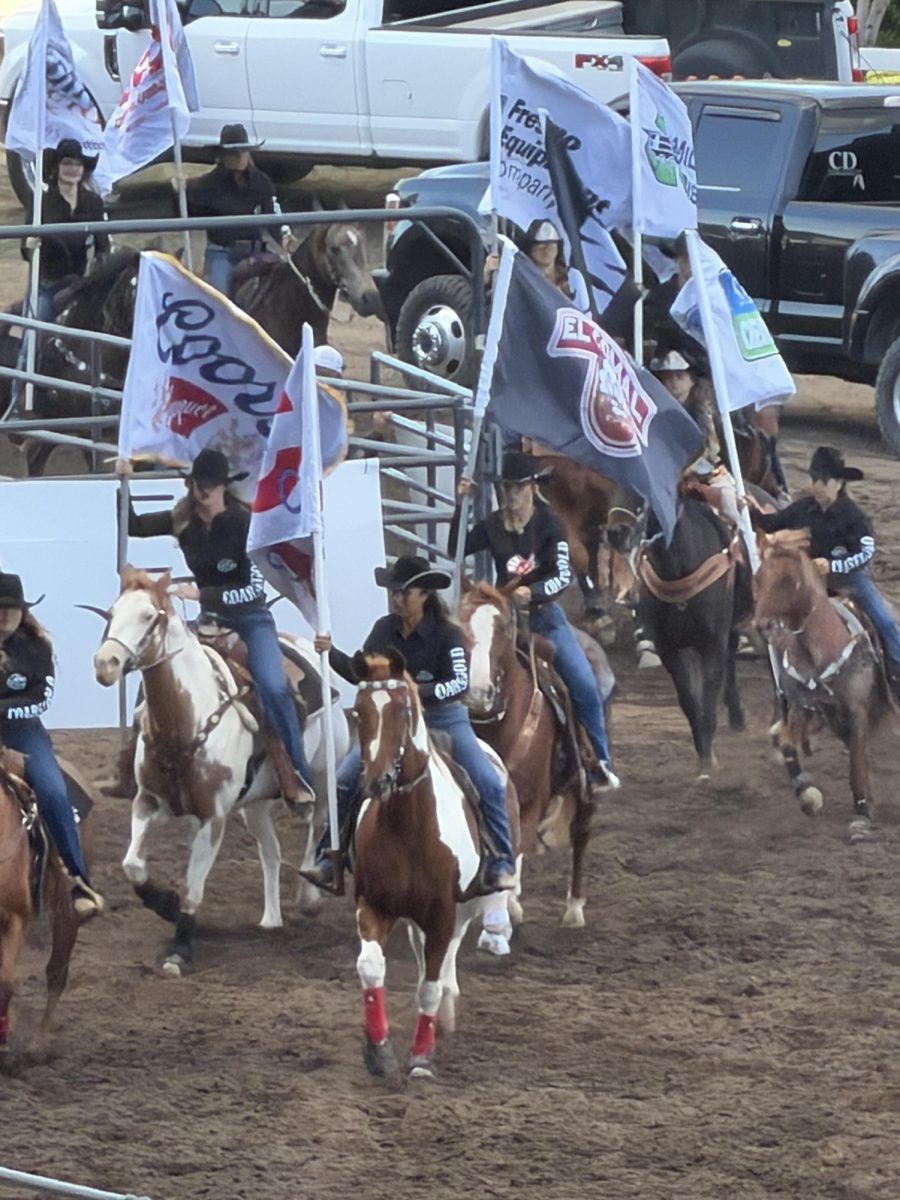
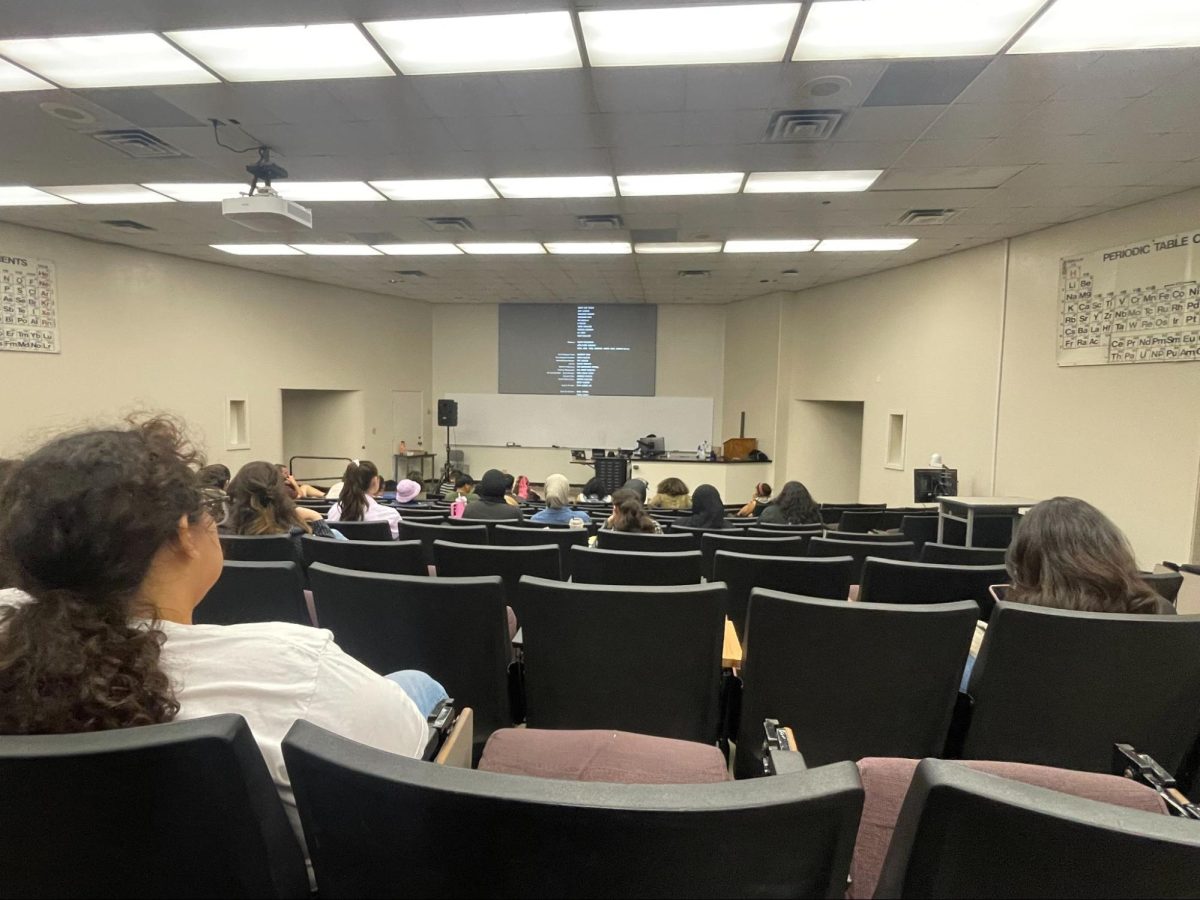


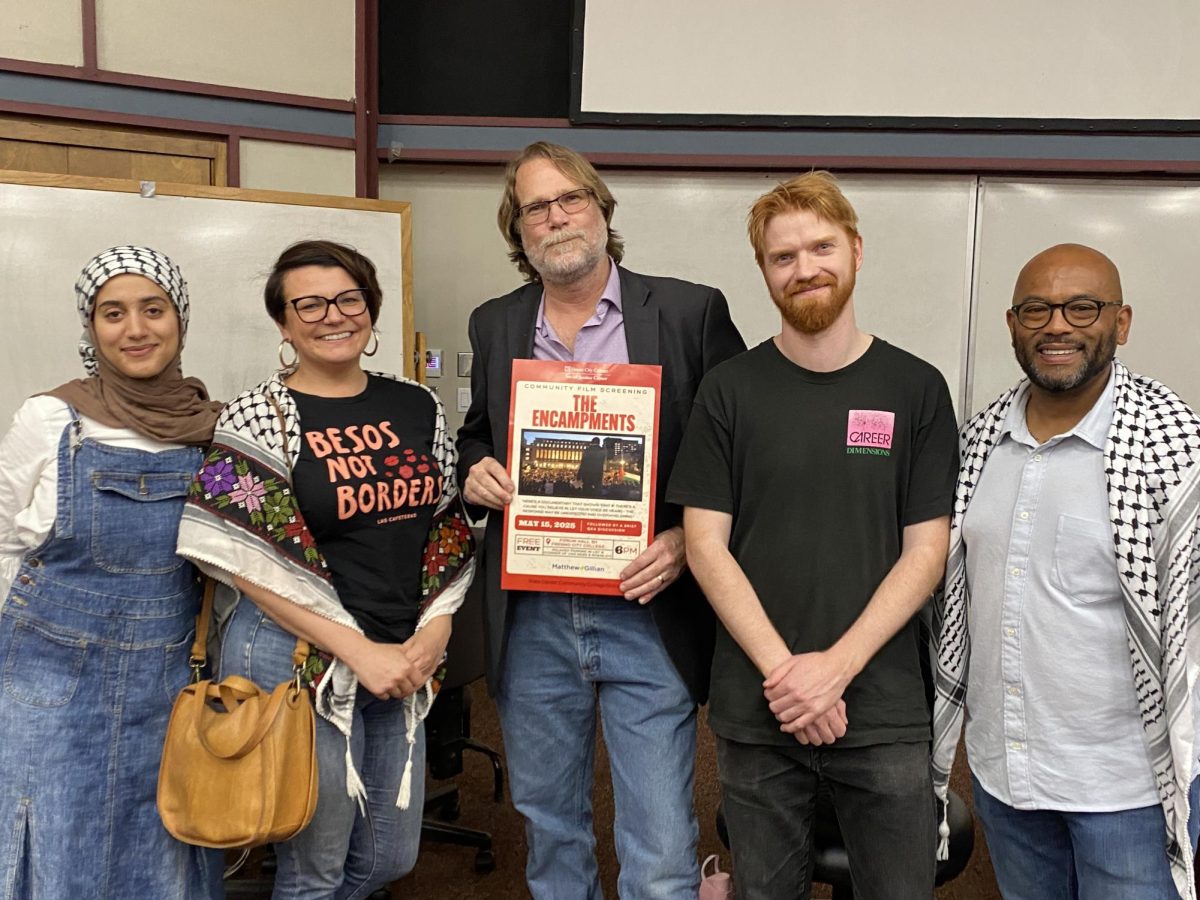
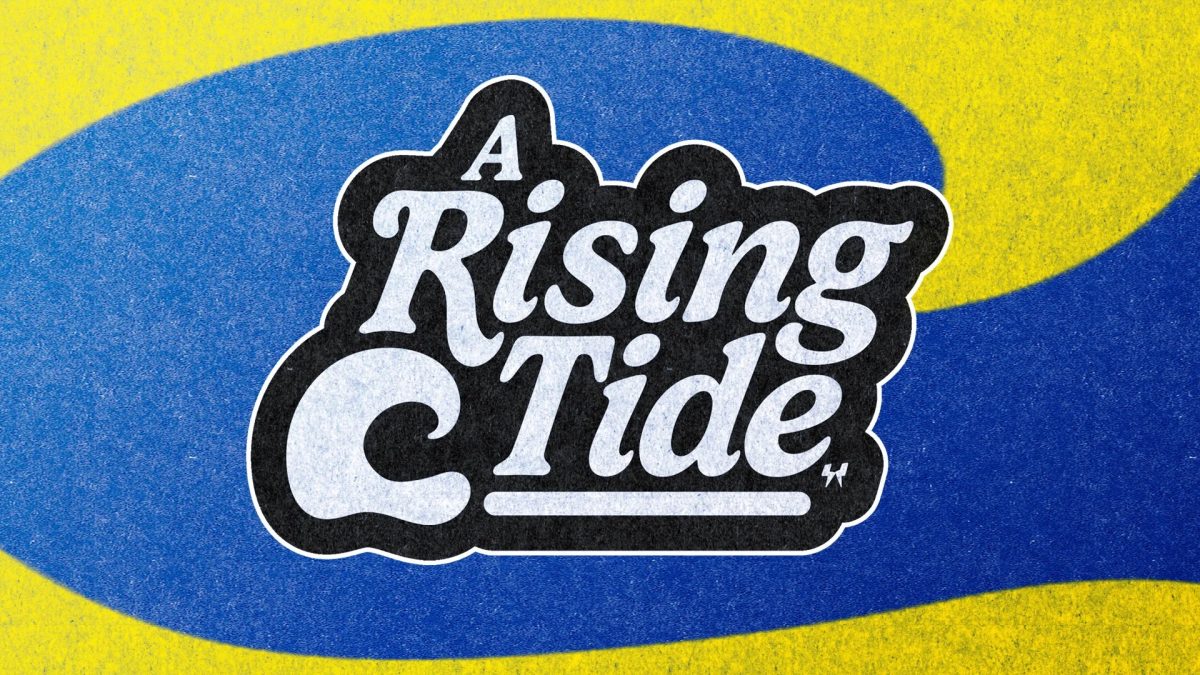

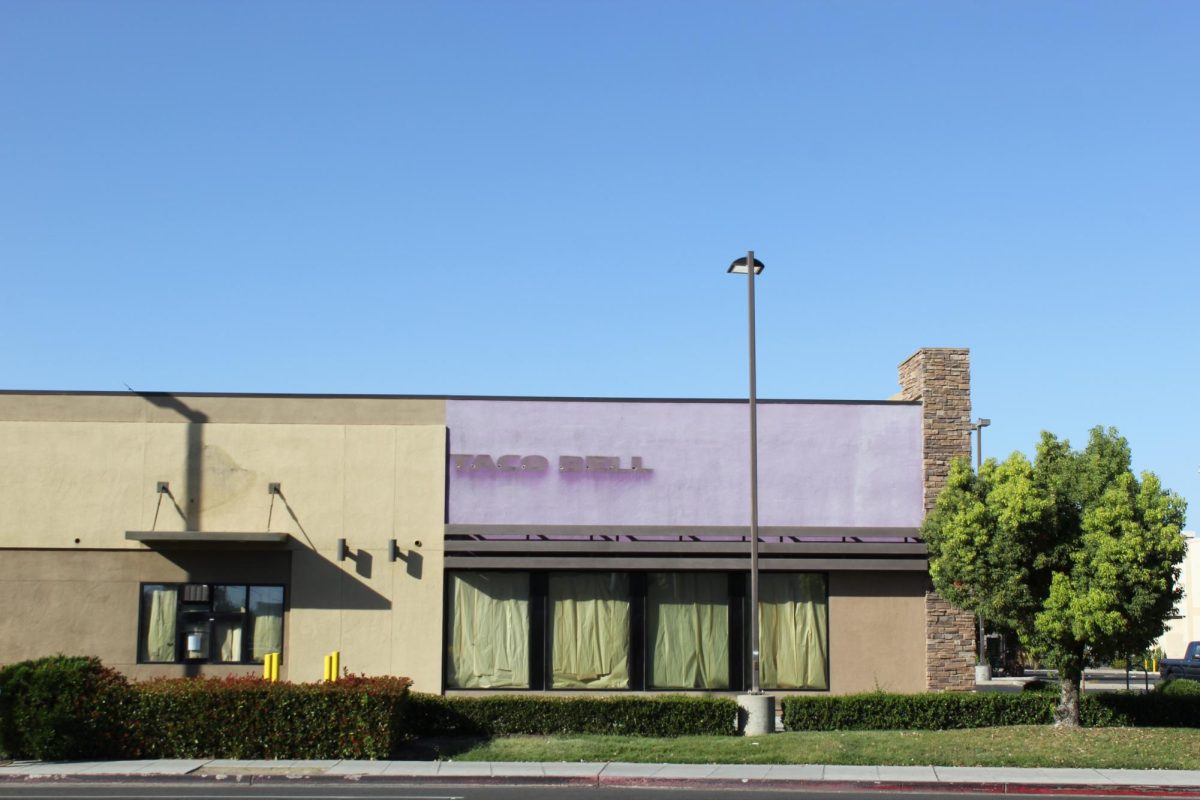
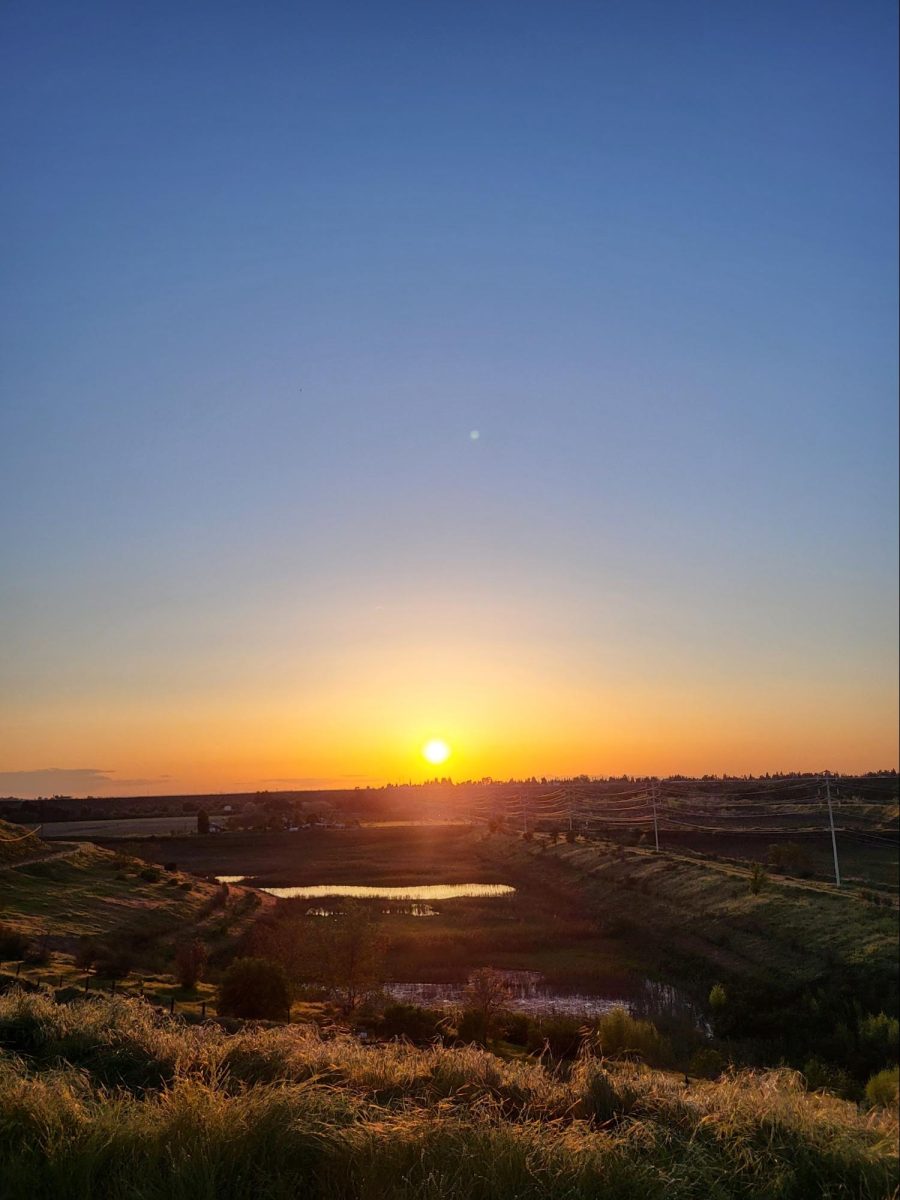
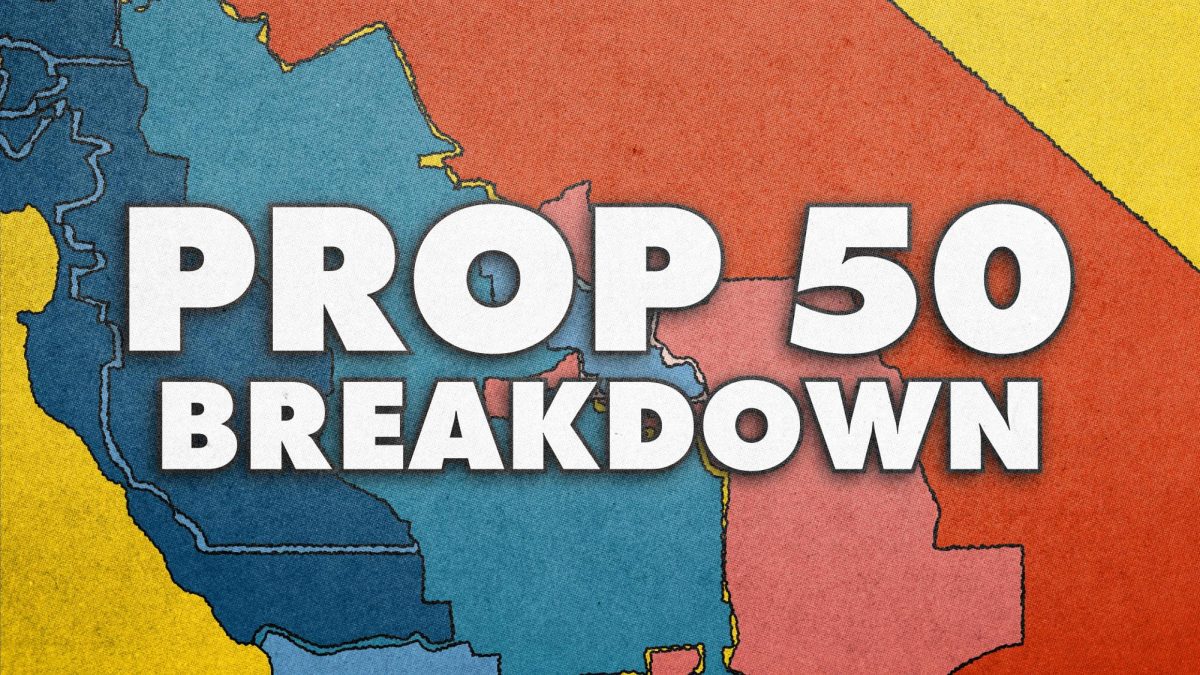
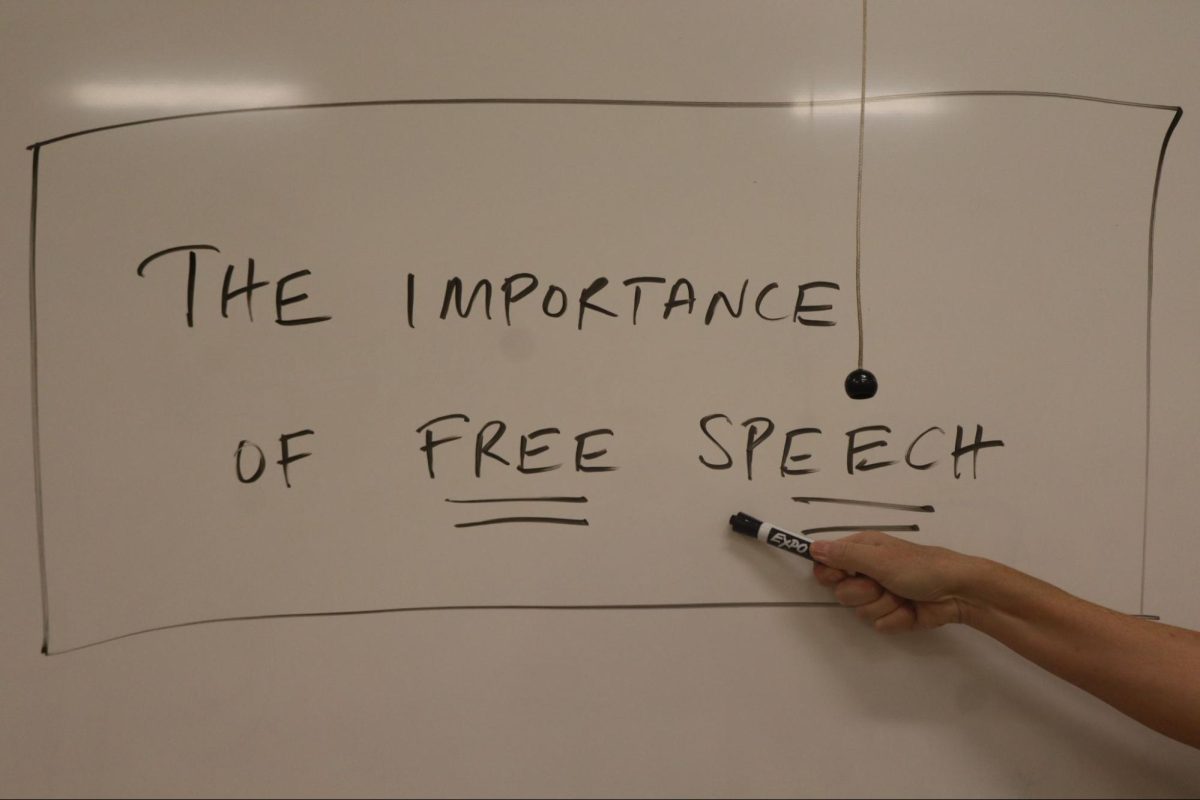
![[File Photo] On Wednesday, Feb. 19 Ed Madec coached what could be his final game as the Ram's head coach against the Reedley Tigers. Madec is currently under investigation for possible violations of CCCAA regulations.](https://www.therampageonline.com/wp-content/uploads/2020/03/Madec-900x600.jpg)

